Top Things to Know Before Buying Climbing House Plants
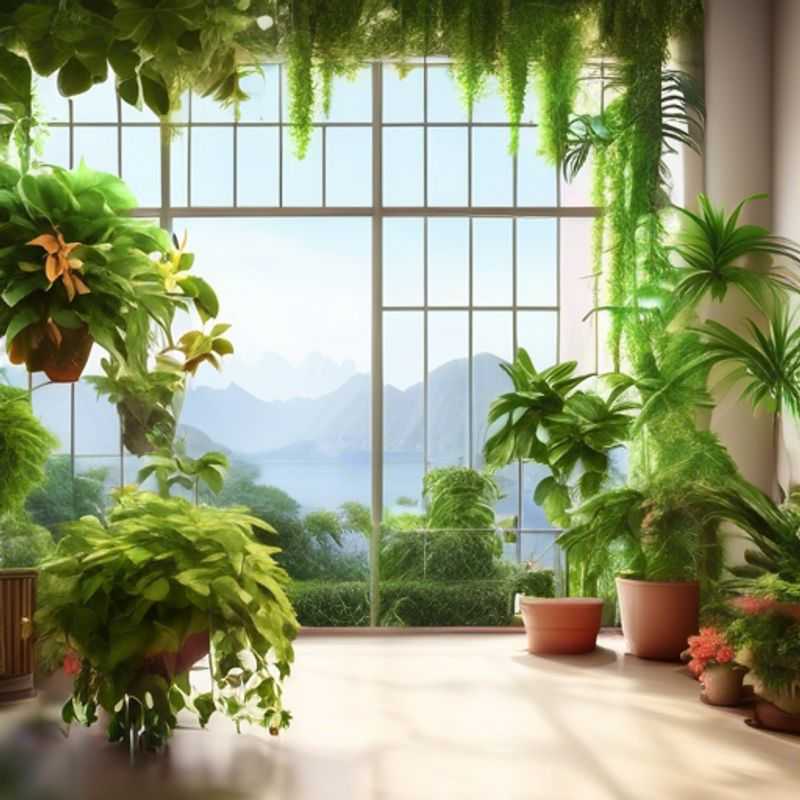
Top Things to Know Before Buying Climbing House Plants: Research, Space, Support, Pruning, and More!
Hey there, plant enthusiasts!

Climbing Houseplants: Understanding Their Unique Care Needs
Before bringing a climbing houseplant home, research its specific care requirements. Understanding these needs will ensure your new plant thrives. It’s crucial to understand the plant’s lighting, watering, temperature, and humidity preferences.
Knowing these details will help you choose the perfect spot in your home, provide the right amount of water, and maintain the appropriate temperature and humidity levels. Researching also helps you anticipate potential problems. For example, some climbing plants might be prone to pests or diseases. Knowing these risks allows you to take proactive steps to prevent them.
This proactive approach can save you a lot of time and frustration in the long run. Remember, choosing the right climbing plant and providing it with the proper care will not only give you a beautiful addition to your home but also contribute to your overall well-being.
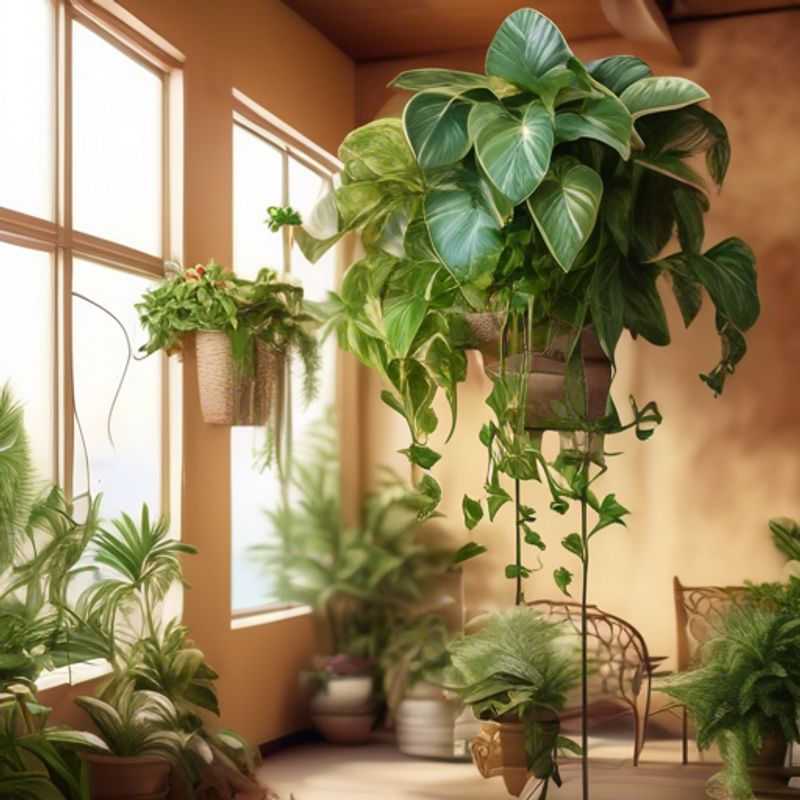
Sunlight, Humidity, and Watering: The Key to Plant Happiness
When deciding on a plant for your home, it is important to consider how much sunlight, humidity, and water it needs. Understanding your home's environment will help you choose plants that will thrive.
Sunlight is a critical factor. Knowing if your home has a bright, sunny window or a shady spot is essential. Humidity can also play a role. Some plants prefer dry conditions, while others thrive in humid environments.
Watering is another important consideration. Some plants need regular watering, while others prefer to dry out between waterings. Knowing your plant's watering needs will help you keep it healthy.
If you have a plant that needs more humidity, you can use a humidifier or place a tray of water near it. You can also mist your plants with water to help increase the humidity around them.
To ensure proper watering, consider using a moisture meter to check the soil. This will help you determine when your plant needs watering.
By understanding your plant's sunlight, humidity, and watering needs, you can create a happy and healthy home for your green companions.
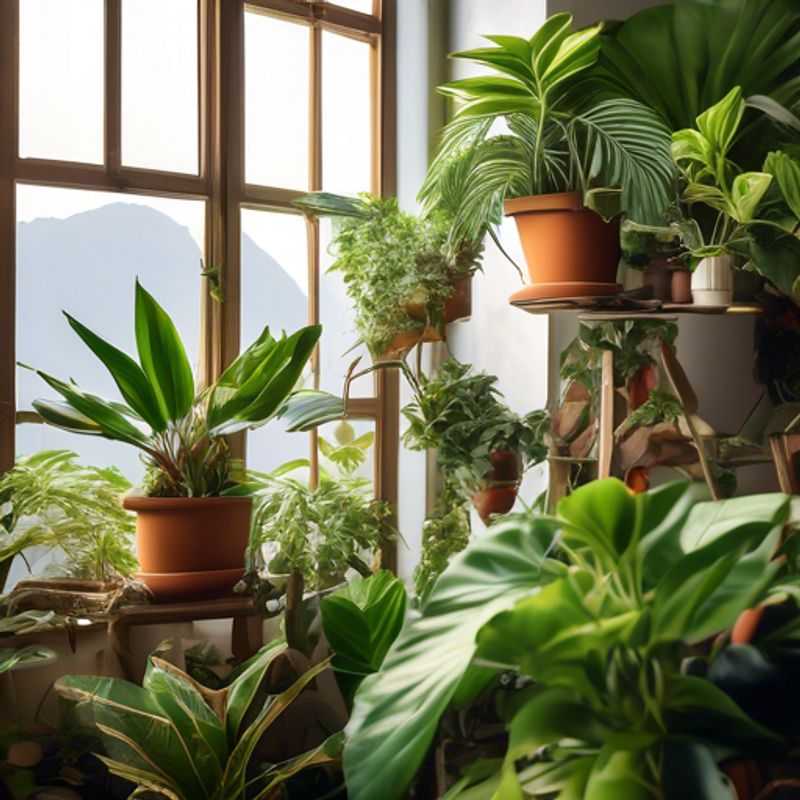
Measure for Success: Ensuring Your Plant Has Enough Space to Thrive
Before you bring a new plant home, it's crucial to measure the space you have available to ensure it will have room to grow. This helps prevent future issues like overcrowding, which can lead to problems with the plant's health and your enjoyment of it.
Start by measuring the width, depth, and height of the area where you plan to place the plant. Consider the mature size of the plant, which you can usually find on plant tags or online. This will give you an idea of how much space it will need in the long term.
Remember to take into account any obstacles like furniture, walls, or windows that could affect the plant's growth. You may need to adjust your measurements accordingly. A good rule of thumb is to give the plant at least 2-3 times its current size in space to account for its future growth.
If you're unsure about the mature size of a particular plant, you can always ask a knowledgeable plant specialist or consult online resources.
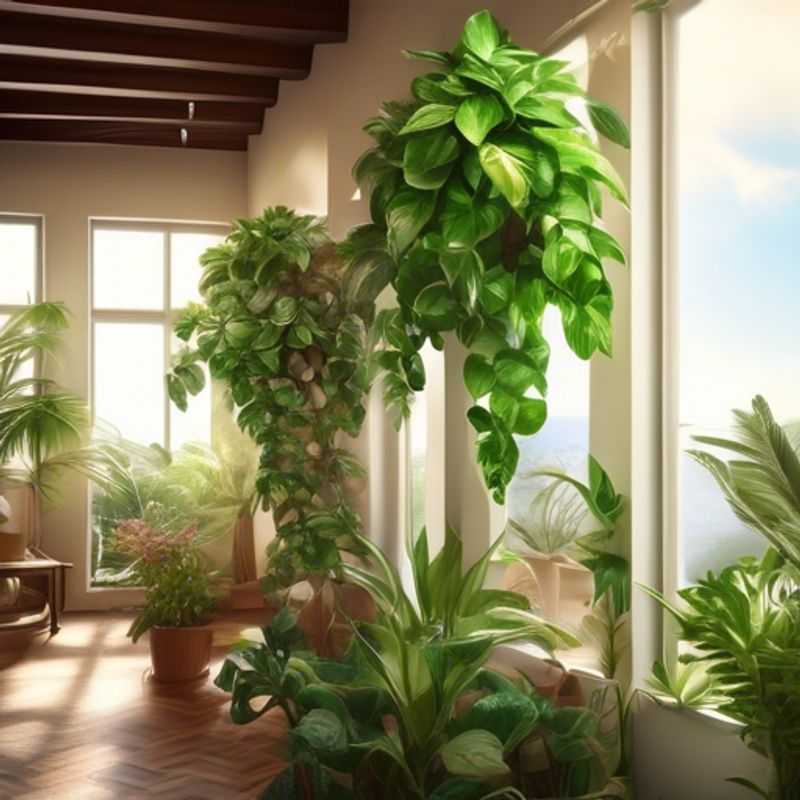
Pest and Disease Check: A Buyer's Guide to Healthy Plants
Bringing a new plant home is exciting, but a quick inspection can save you from introducing pests or diseases into your garden. Look for visible signs on the leaves, stems, and soil.
Check for unusual spots, discoloration, or holes on leaves. These could indicate fungal diseases, insect damage, or even sunburn.
Inspect the underside of leaves for tiny insects, webs, or eggs.
Pay attention to stems and branches for any swelling, wilting, or unusual growths.
Examine the soil for pests or signs of infestation like tiny insects, webbing, or mold.
If you see any of these signs, it's best to choose a different plant. A healthy plant is your best bet for a thriving garden.
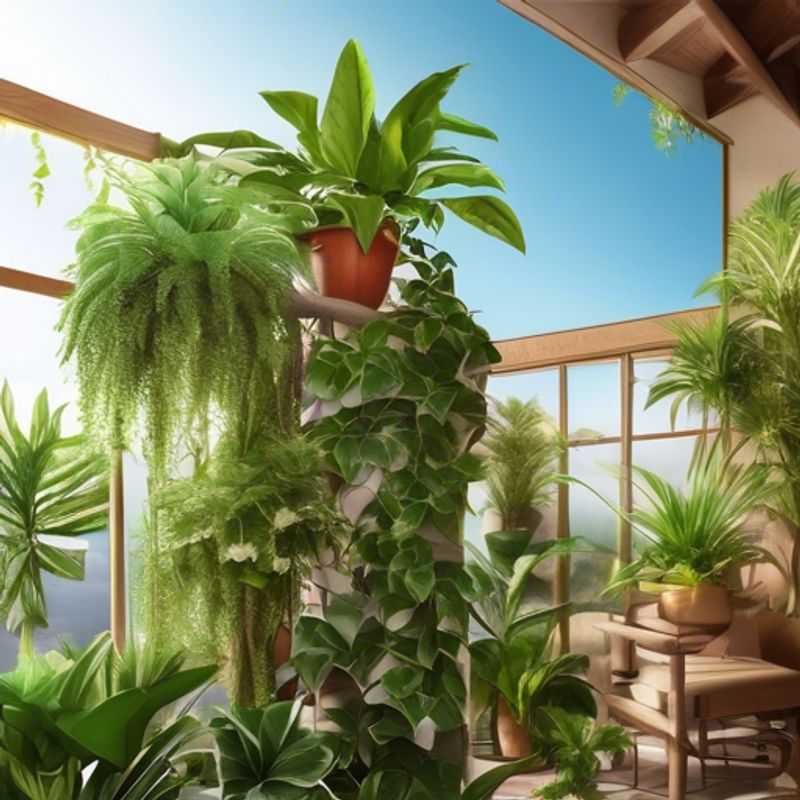
Climbing for Success: Choosing the Right Support for Your Plants
Choosing the right support structure is crucial for your climbing plants. This will ensure their stability and proper growth.
Trellises offer a structured and visually appealing support system for your plants. They come in various materials like wood, metal, or plastic, and you can select one based on your garden's style and your plant's needs.
Obelisks, with their tall, conical shape, provide a dramatic focal point in the garden. They are ideal for plants that climb vertically.
Arches are great for creating a romantic entryway or a focal point in a flower bed. Plants can be trained to grow over and around the arch, creating a beautiful display.
Support Stakes are simple yet effective for smaller plants. They provide stability and can be used individually or in combination with other structures.
Hoops are great for supporting vines or other plants that need to spread horizontally. They are commonly used for growing beans, cucumbers, or melons.
Wire cages offer a sturdy support for tomato plants or other vegetables that tend to grow sprawling. They can also be used for decorative purposes.
Remember, choosing the right support structure will not only help your plants thrive but also create a visually pleasing and organized garden. Research your plant's specific needs and choose a structure that fits both its growth pattern and your personal style.

Pruning and Training: Shaping Your Plant for Success
Pruning and training your plants is essential for maintaining their shape and promoting healthy growth. It's a bit like giving your plant a haircut! Regular pruning helps to control the plant's size, remove dead or diseased parts, and encourage new growth. This process might involve removing branches, stems, or leaves to shape the plant. You might also need to train the plant to grow in a certain direction using techniques like staking, trellising, or bending branches.
Think of pruning as a form of plant surgery. It's best to use sharp, clean tools to avoid damaging the plant. When you prune, cut just above a bud or leaf node, angled slightly away from the plant. This helps to encourage new growth in the right direction.
Pruning and training are important for various reasons. It helps to promote air circulation, reduces the risk of pests and diseases, and ensures the plant receives enough sunlight. You'll find different pruning techniques for different types of plants.
Be sure to research the specific needs of your plant and how to prune and train it correctly. With a little effort and knowledge, you can help your plants thrive and look their best!
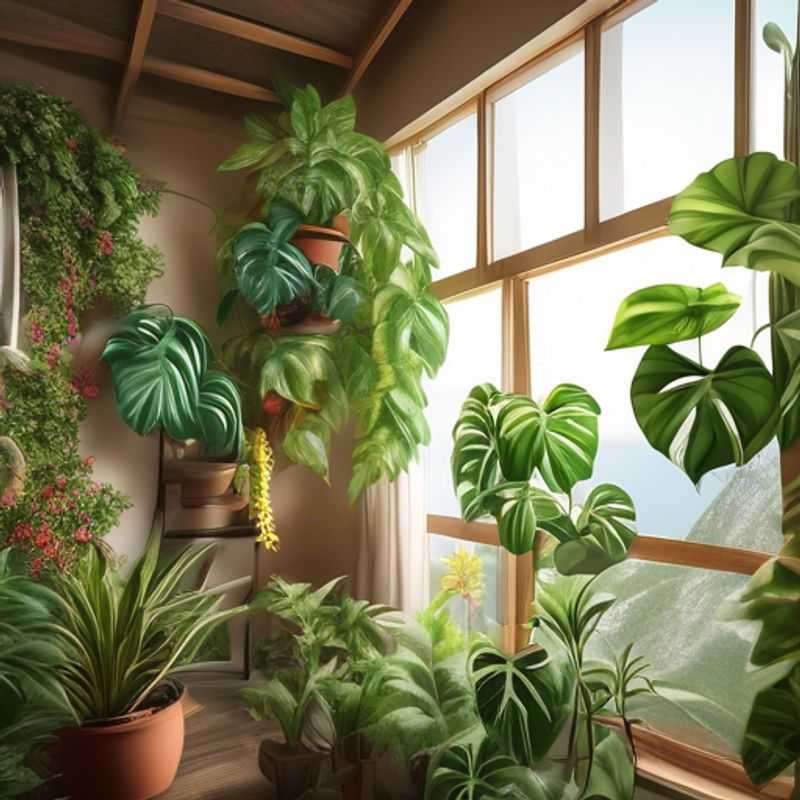
Repotting Made Easy: A Guide to Transplanting Your Growing Plants
It's time to give your beloved plant a new home! When your plant starts to outgrow its container, you know it's time for a transplant. This is a crucial step to ensure its continued growth and happiness. Don't worry, it's not as complicated as it might seem!
Here's a simple guide to transplant your plant successfully:
1. **Choose the right pot:** Select a pot that's just slightly larger than the plant's root ball. A pot that's too large can lead to waterlogged soil and root problems.
2. **Prepare the new pot:** Fill the new pot with fresh, well-draining potting mix. Make sure the mix is moist, but not soggy.
3. **Gently remove the plant from the old pot:** Carefully loosen the plant from the old pot by tapping on the sides. If it's stuck, you can use a garden trowel to gently pry it loose.
4. **Inspect the roots:** Gently loosen any roots that are circling around the root ball. This promotes healthy growth and prevents root-bound issues.
5. **Place the plant in the new pot:** Center the plant in the new pot and backfill with potting mix, making sure to leave about an inch of space at the top for watering.
6. **Water thoroughly:** Gently water the plant until the excess water drains out the pot's drainage holes. Don't overwater!
7. **Place in a bright location:** Place the plant in a location that receives plenty of indirect sunlight.
Remember, every plant has its own needs, so it's essential to research your specific plant's requirements for optimal care. Keep a close eye on your plant after transplanting and adjust your watering and care routine as needed. Happy gardening!
